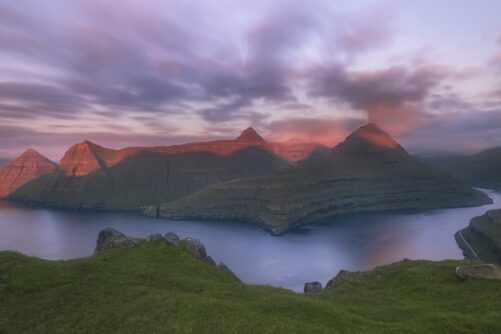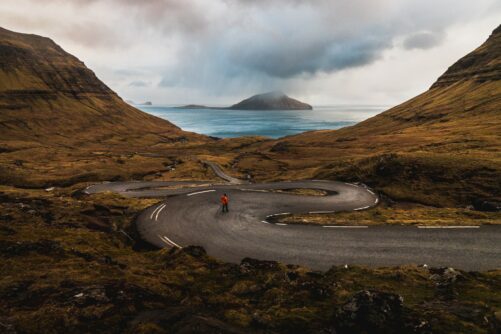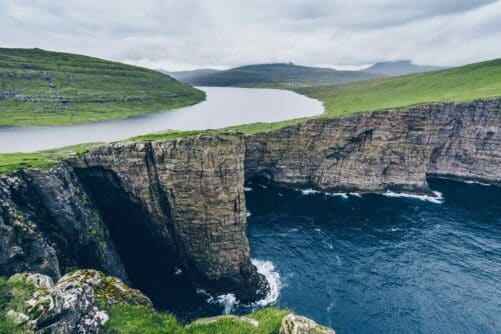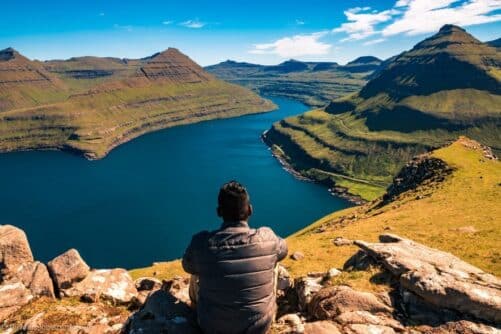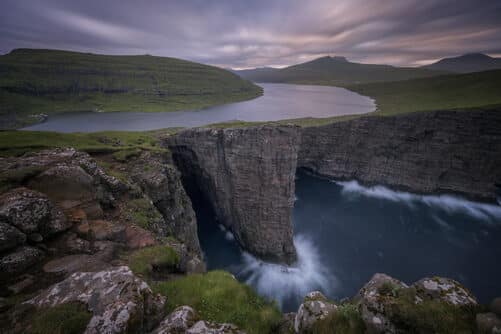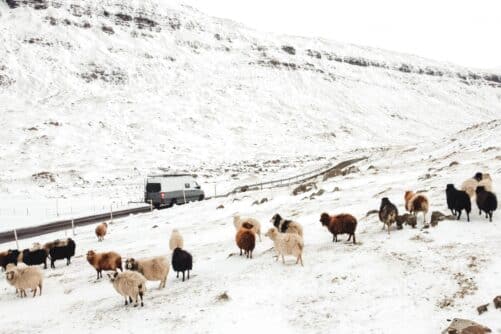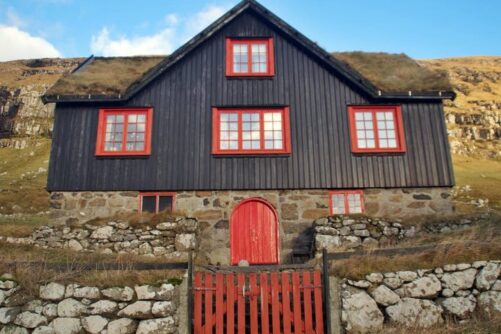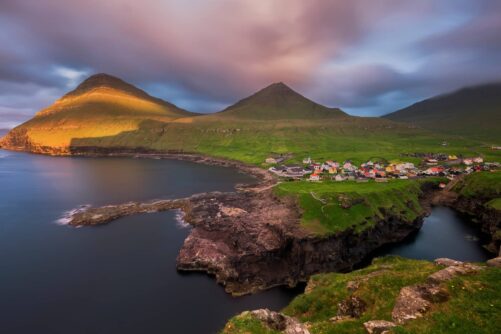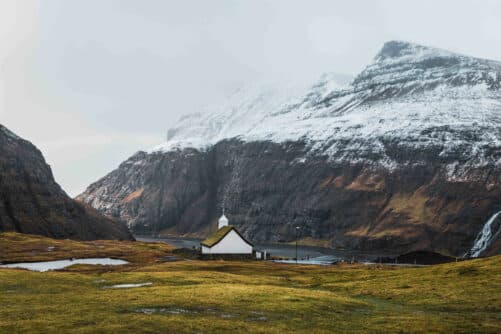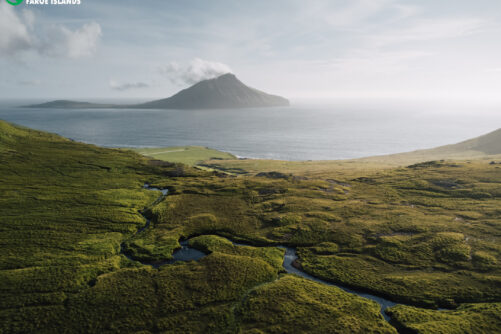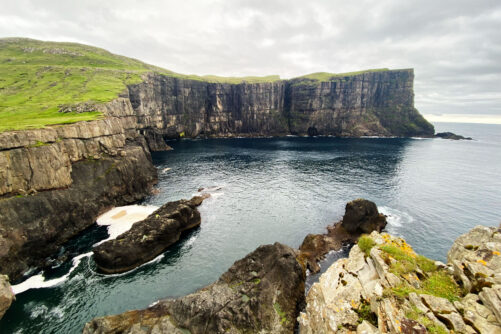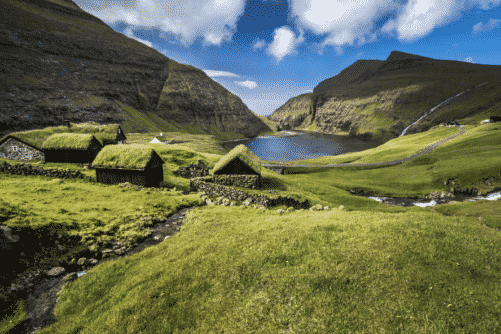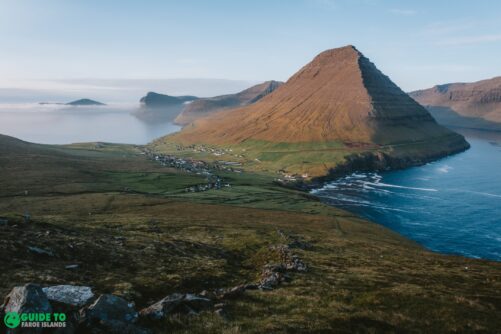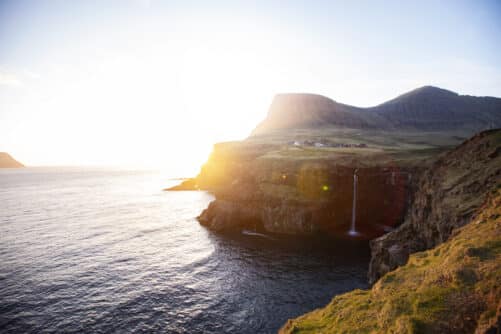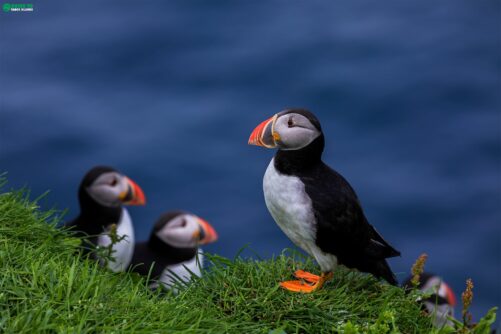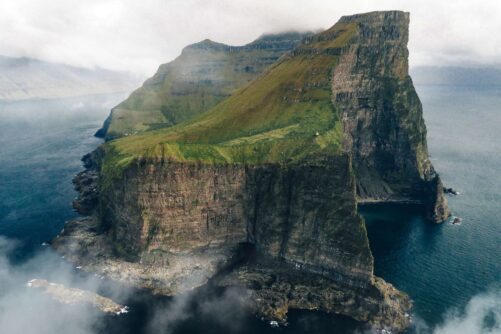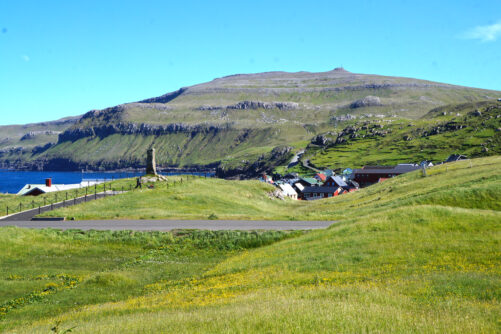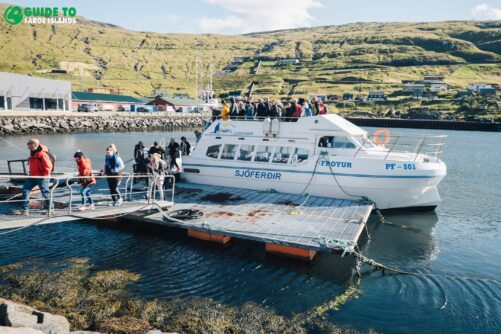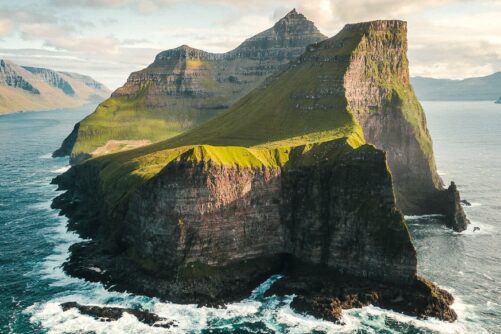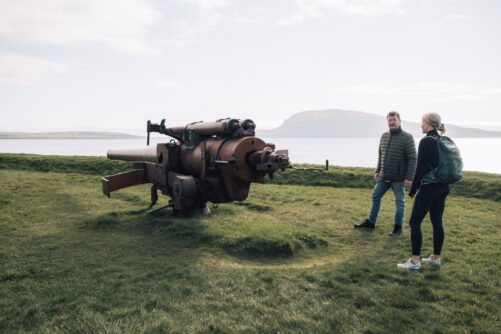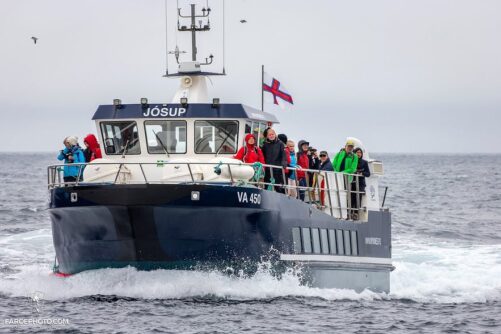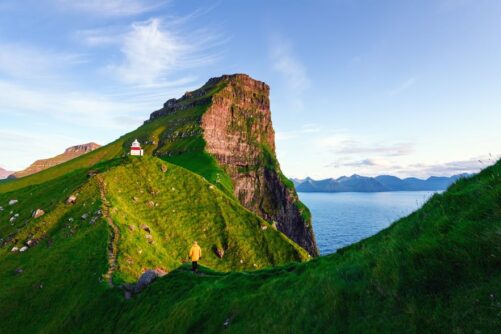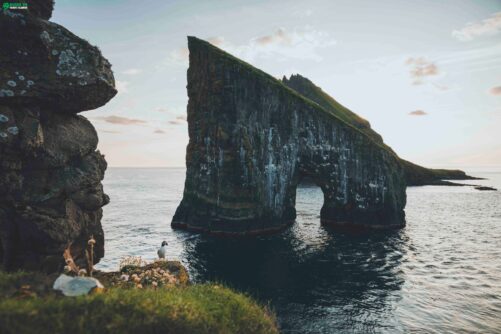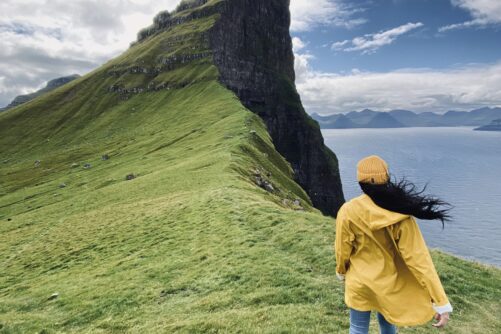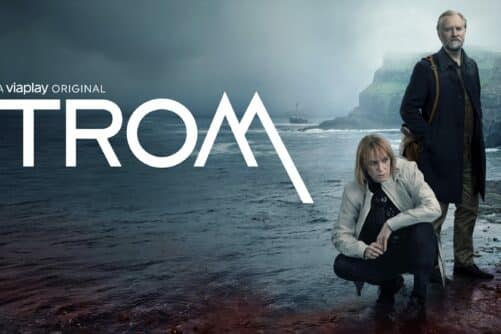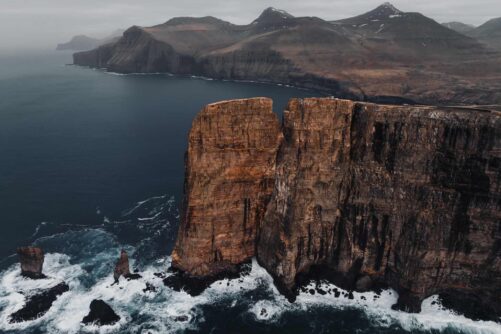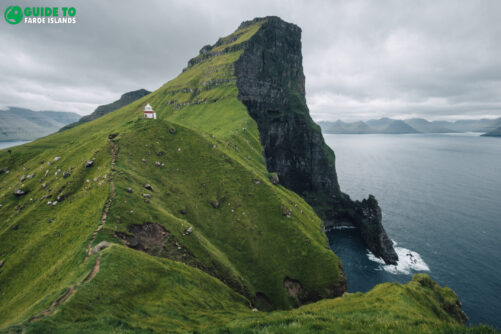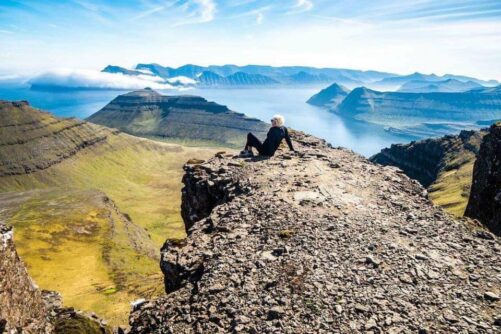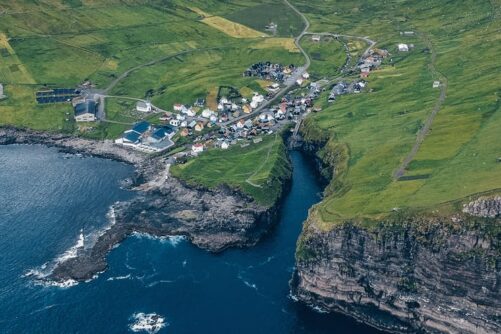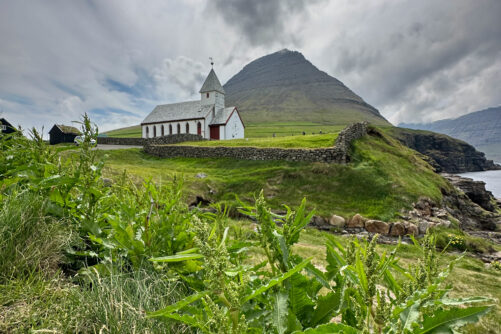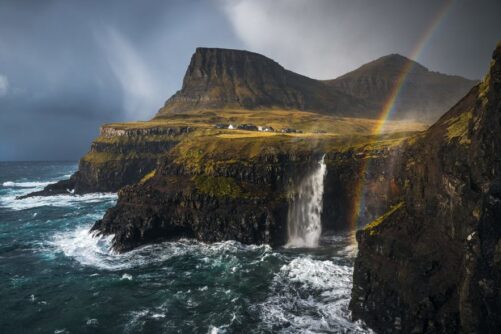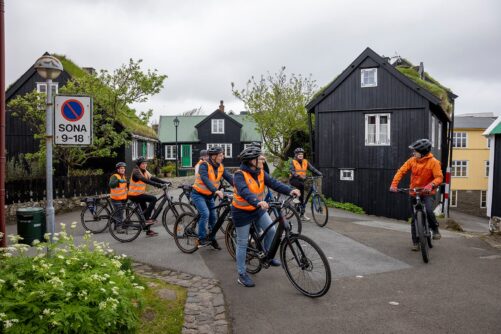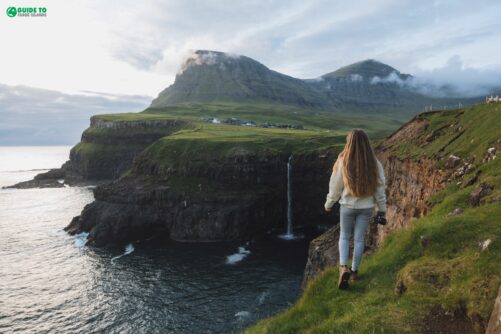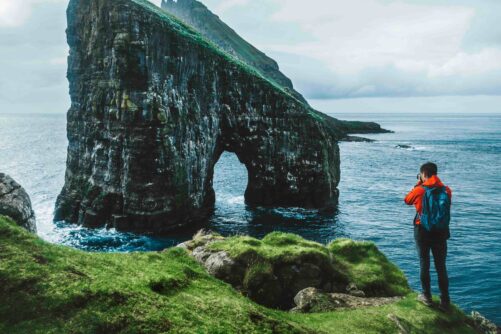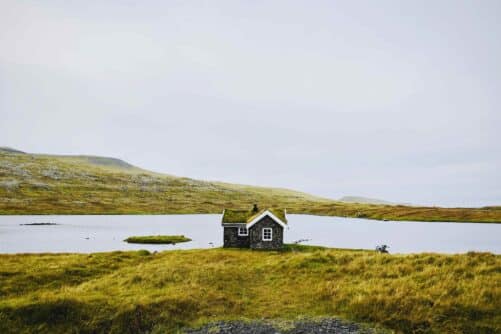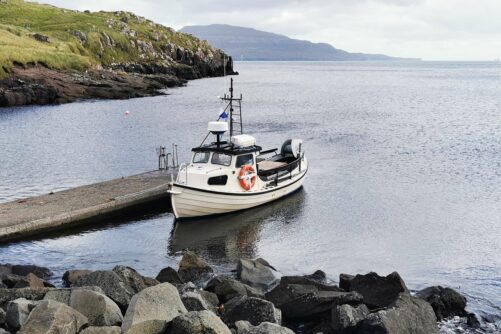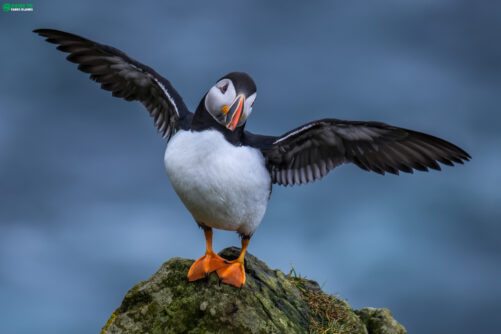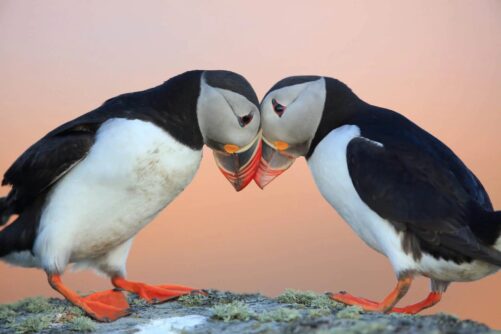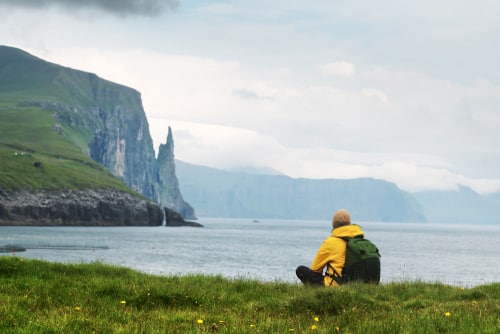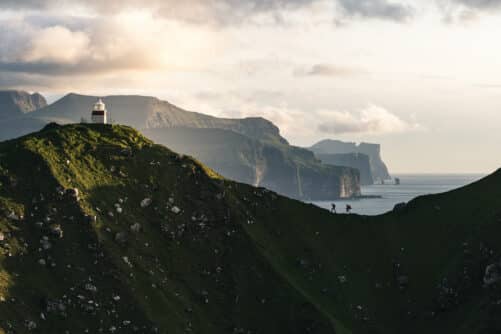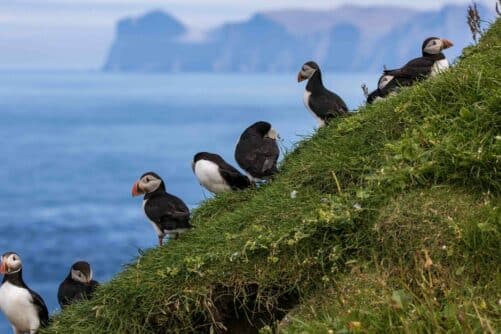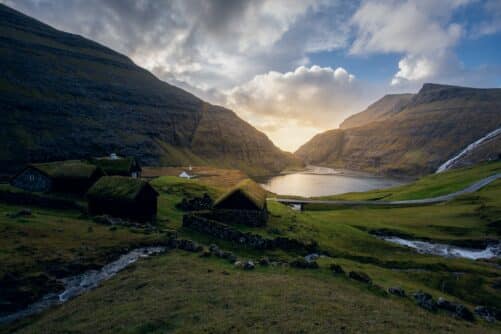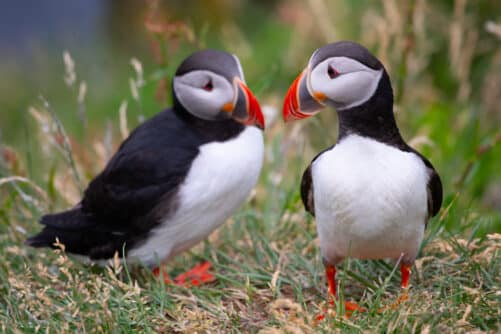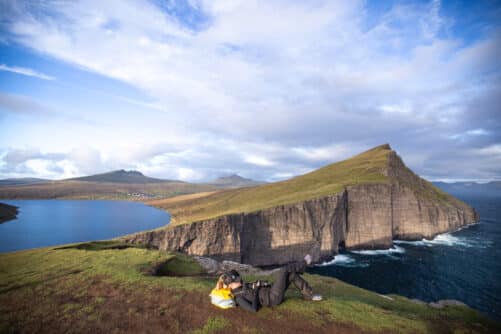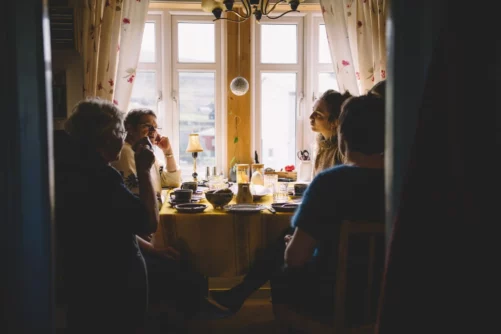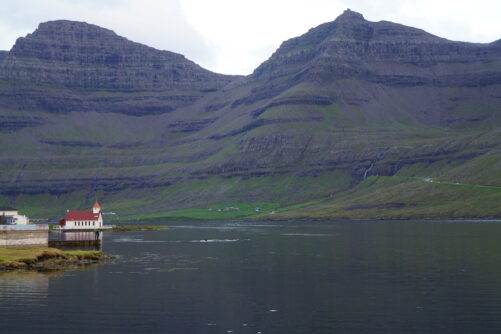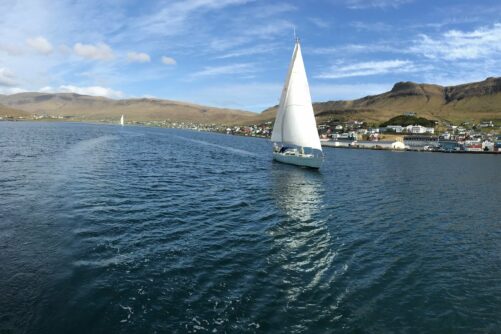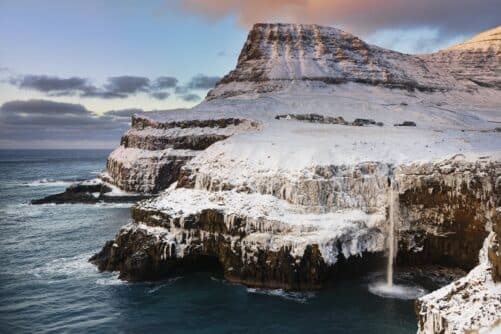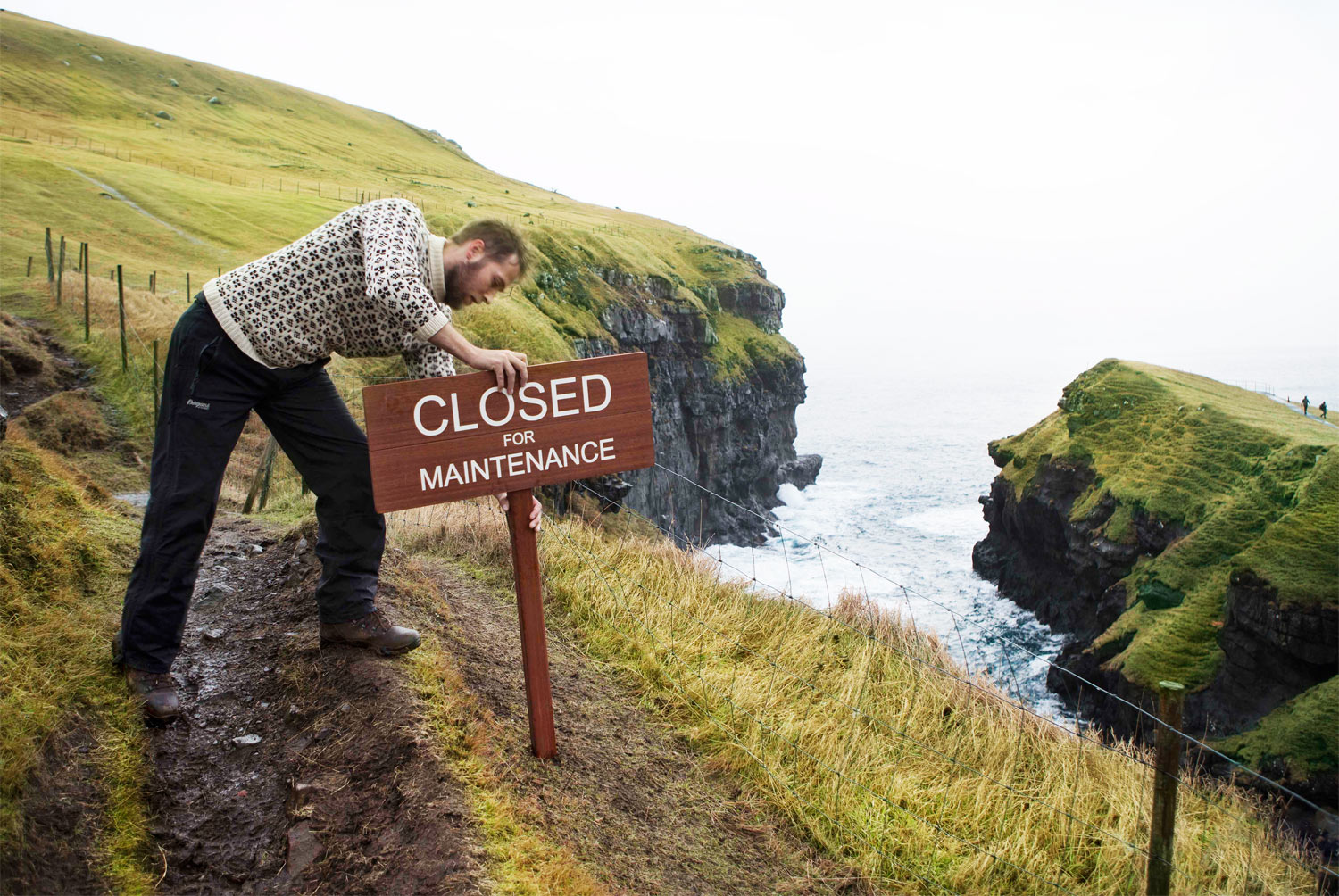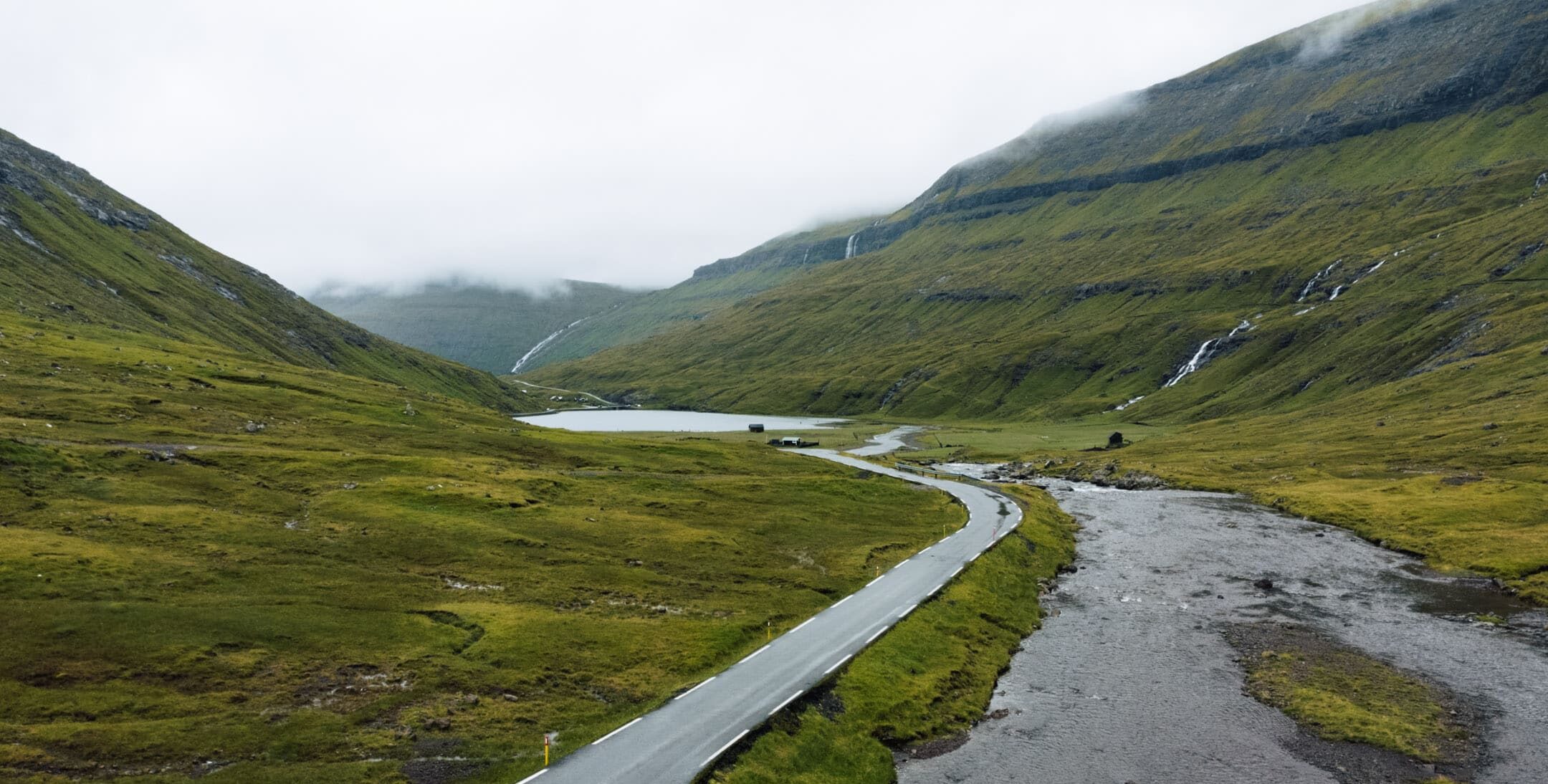
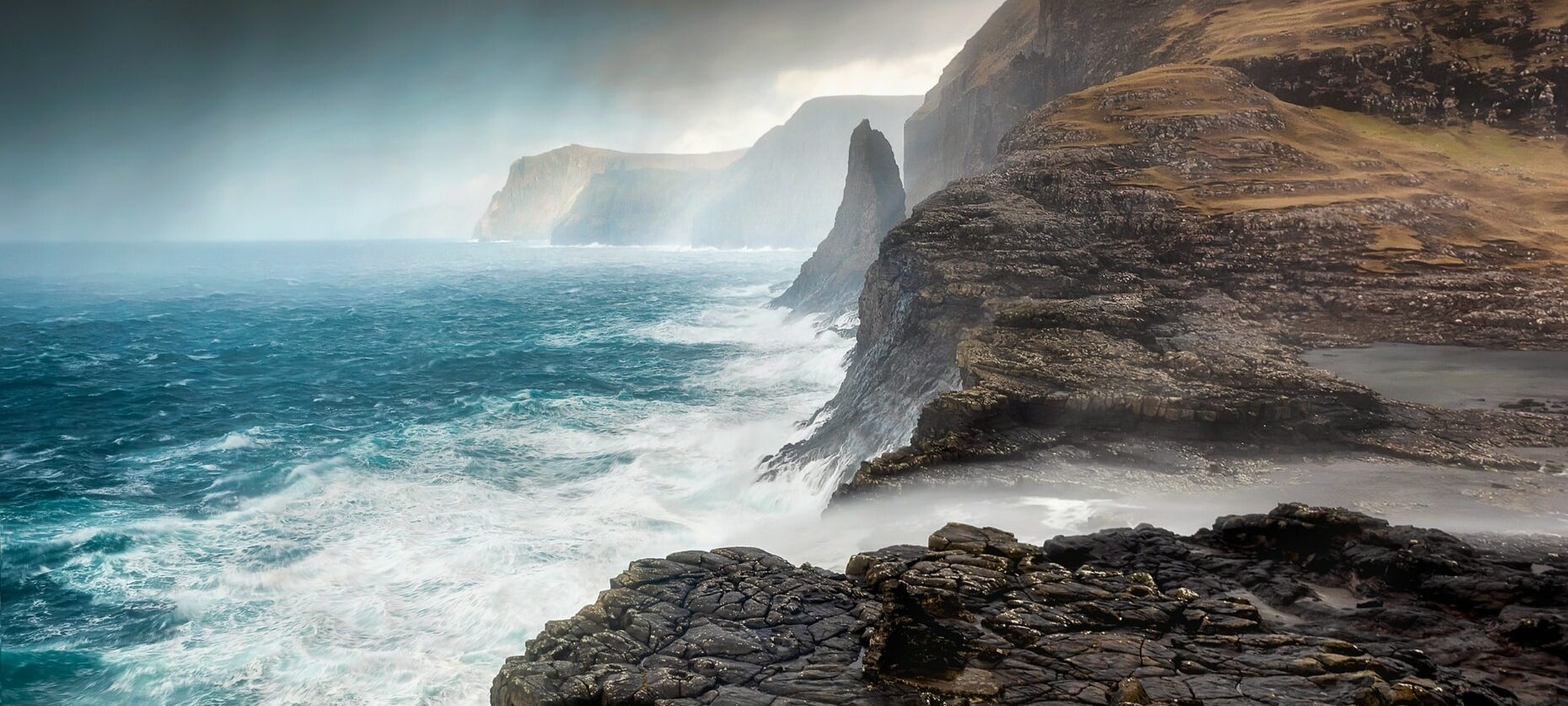
How To Travel in the Faroe Islands | The Top 5 Do’s and Don’ts
What are the 5 most notable do’s and don’ts for travel in the Faroe Islands? How can you learn from the mistakes made by past travellers? How can you be a responsible guest and still enjoy the experience here? Continue read to find out all there is know about how to travel in the Faroe Islands.
- Read the ultimate Faroe Islands Car Rental Guide here
- Discover Faroe Islands’s largest wealth of Vacation Packages
- Find out What to Pack for Travel in the Faroe Islands
- Learn about Faroe Islands with Kids
Respect is a key thing to keep in mind when visiting the Faroe Islands. The sceneries are pristine and so naturally that it is important to travel and do good while exploring.
This is your guide to good travel behaviour and your guide to things that you should avoid as it is considered unsavoury. Be it in small villages, the capital or when passing vulnerable nature, always show respect. Here you have the top do’s and don’ts when exploring the Faroe Islands.
1. DO Use Paths When Hiking Between Villages

The nature in the Faroe Islands is sensitive and so is the wildlife. Most travellers want to explore the sceneries across the country visited by very few people. You always need to be careful when walking in untouched nature. When you show care and respect, you can avoid damage on vegetation and birdlife.
There are some old paths leading from one village to the next. Small cairns are usually nestled along the route and simply follow the path all the way when you set out for a hike. This is best for the nature and for your own safety. There are some easy hiking trails that can be done by most people. Others are more challenging and will require a certain amount of experience to do. Take a look at the best hikes in the Faroe Islands.
It can be challenging to find the trailhead. In order to treat the natural environment with care, it is wise to ask the locals about where the paths begin.
2. Do Dress In Layers
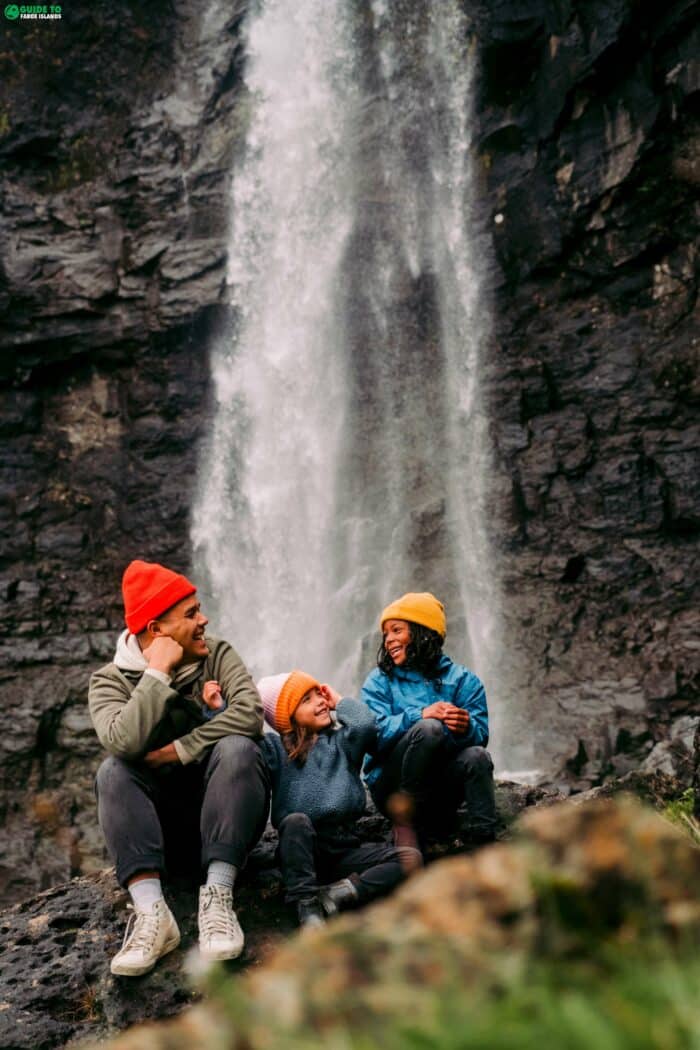
The Faroe Islands are situated 62 north in the middle of the North Atlantic Ocean but also in the Golf Stream. This means that the weather is quite cold all year round. It is not that warm in summertime and it never gets that cold in winter. But the Faroe Islands weather can change very fast.
You can experience sun, rain, wind and calm within the same day. When you are venturing out in nature, the best thing you can do is to dress in layers. Staying warm in the great outdoors will make your visit perfect.
3. Do Bring A Map With You

The landscapes are beautiful but the weather can change suddenly. You are not always able to orientate yourself, e.g if fog surprises you. It is a good idea always to bring a map with you.
The mountains, especially to the North of the islands are high and often steep. It is easier to mount a mountain than to go down. Therefore, consider carefully where you are walking and prepare for your hikes using a map of Faroe Islands. And whilst you do so keep an eye on the weather forecast.
4. DO Take A Tour

Travellers come to the Faroe Islands for different reasons. What unites all visitors is an eager to get close to unspoiled nature. There are also those who head to the Nordic archipelago to try the local cuisine at one of the marvellous Faroe Islands restaurants.
No matter the reason for your visit, make sure to partake in one of the many activities. Day tours and other experiences will define your holiday and make it a memorable one.
Luckily, you are spoiled for choice especially during the summer months from May to August when all guided tours and activities are running. Go horseback riding or take a guided hiking tour with a knowledgeable local tour guide. Getting around the Faroe Islands by car is also a brilliant way to explore the unbeatable scenery. For those looking to immerse themselves in both nature and local knowledge will benefit from exploring the Faroe Islands without a car but by joining day torus made by locals only.
5. DO Try Local Food

There are many good things to say about the food culture in the Faroe Islands. Make sure to taste some of it while you are here. Dried lamb, dried fish, or indulge in a fermented lamb! The local produce are world-class and so are some of the restaurants.
Faroe Islands have an excellent selection of great restaurants. Most of them are nestled in the old part of Tórshavn but there are also a handful outside of the capital. Try the lovely Fiskastykkið café in Sandavágur.
The culinary scene in the Faroe Islands has been blowing up. Local produce from freshly-caught fish to Faroese mountain lamb has driven a new and growing generation of chefs to mouth-watering dining experiences.
1. DON’T Look Into People’s Windows

The Faroe Islands population is very small with just more than 55.000 people living in the Nordic archipelago. Tórshavn, the capital of the Faroe Islands, is a tidy metropole but at the same time also a small and intimate city. Many guests visit the old charming part of the city called Tinganes and the Reyn district where houses are tiny.
You can hardly believe that people live in these small black cottages. But locals do live in this almost museum-like district so when you go for a stroll here remember that residents are inside these cute grass roofed houses. The locals really appreciate if you do not look into windows or enter private property even though it is quite tempting.
The villages in the Faroe Islands are small, colourful and picturesque. Just feel free to take a walk around in the village, also between houses, but please respect people’s private life. Therefore avoid looking through the windows.
2. DON’T Walk In Cultivated Grass Fields

The grass around the villages is growing from mid-May to the end of August. During this period you need to be extra careful and not walk into the grass fields. Farmers use the gras for the many sheep, which can be found on all 18 islands.
Use a path or track if there is one. This will make sure that you leave the untouched environment as you found it.
3. DON’T Get Too Close To Edges

The views are magnificent at every corner. This is true when getting close to edges, but do not go too close to an edge as it is dangerous as the ground might be porous.
Always, always be careful at cliff edges. Be responsible for your own actions.
4. DON’T Disturb Bird Nests in Summer

The Faroe Islands are a delight to hike and explore, soaking in the nature and wildlife with every step. Be aware of bird nests and baby birds, especially in May and June. Do not disturb birdlife in the nests.
Skúvoy Island is known as an island filled with birdlife and surely deserves a visit if you are in the Faroe Islands between May and August. But be careful and do not disturb burrows where puffins nest.
5. DON’T Overlook The Southernmost Islands

Most travellers are exploring the fantastic nature and popular activities on the islands in the middle of the archipelago. The southern islands Sandoy Island and Suðuroy Island are the least visited larger islands.
You should definitely make room in your itinerary for these two islands. There are beautiful sights on both islands and because of their attractiveness, take care when driving!
So these were the most important do’s and don’ts when travelling the Faroe Islands. Planning to visit Faroe Islands? Take a look at flights to the Faroe Islands. Already booked your flight ticket? Make sure to browse the widest selection of tours and activities now.



